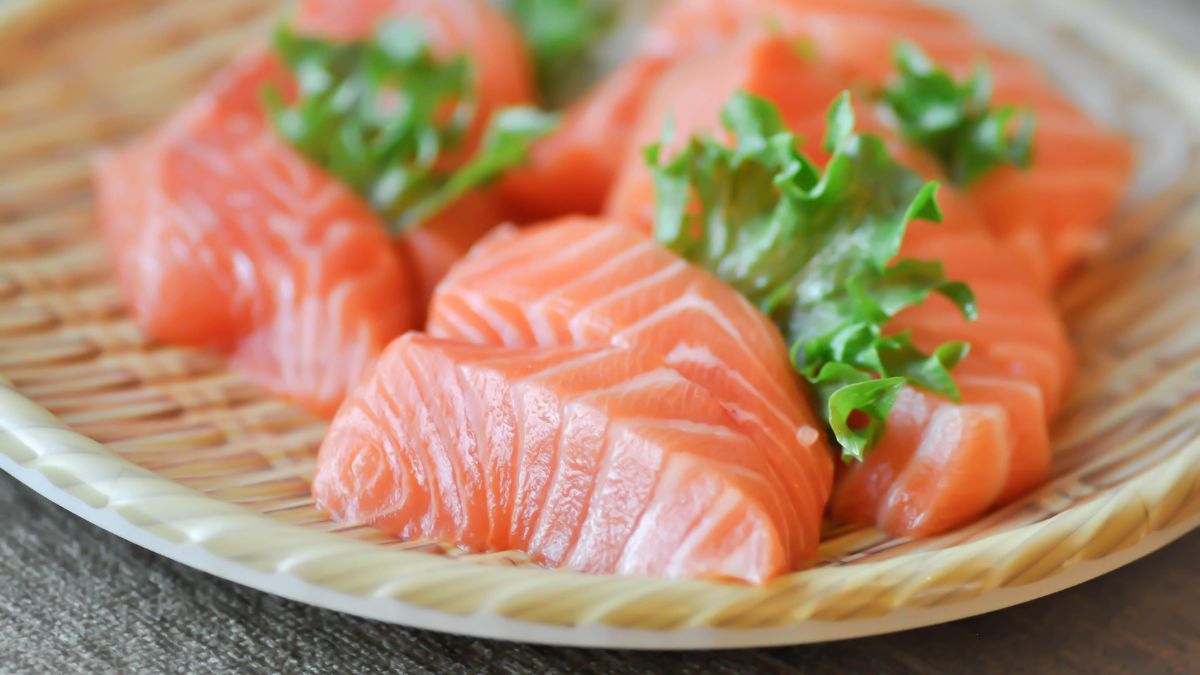Types of Japanese Knives
A Japanese kitchen knife is a derivative of the Japanese sword.
Nowadays, Japanese cuisine such as sashimi is becoming more and more popular and consumed by ordinary households.

The big difference between a sashimi knife and a regular household knife is the shape of the blade. In the case of general household knives, the blade is sharpened on both sides, while in the case of sashimi knives, the sharpened part of the blade is only on the front side of the knife, called the etched part.
The reason why the sashimi knife has only one sharp edge on the blade is that it is impossible for the food to stick to the blade when cutting. The knife can cut the food more precisely and thus it can keep its freshness without damaging or damaging it.
Types of knives by shape
There are many styles of Japanese knives. Each variant has a specificity to provide precise cutting. The knife is an art in use, but also a visual art thanks to its different shapes.
"Common" uses

Deva
"Deva" is characterized by a thick, sharp and thin blade.
It can be easily used to slice fish or cut bones.

Yanagiba
"Yanagiba" is the type of knife that comes to mind when thinking of sashimi. It is extremely sharp and allows for one-shot cuts. It helps minimize food waste. For home use, the blade length is on average 210mm to 240mm. For commercial and professional use, it is on average 240mm to 360mm.

Nakiri
The "Nakiri" knife is a "vegetable knife". It is a commonly seen knife shape in Korea. It comes in various sizes. It is used for dicing, shredding, peeling, and cutting the stems of potatoes or fruits using the heel of the blade.

Funayuki
"Funayuki" is a knife that fishermen always carry with them when they go fishing.
It has a similar shape to the "Deva" knife, but the blade thickness is thinner and the width is smaller in order to make it more easily transportable.
It is relatively light and practical for cutting fish.
“Specific” uses

Usuba
"Usuba" is used as a Santoku knife in the Kansai region of Japan (Osaka, Kyoto, etc.). It is a versatile knife capable of dicing, shredding, and peeling meat, fish, and vegetables. This can also be done with the Santoku knife. The big difference with the Santoku knife is that the sharp, cutting side is only on one side of the blade.

Nakiri (Kansai type)
"Nakiri (Kansai style)" is a knife for slicing vegetables.
The difference with the Nakiri knife shown above is that the heel of the blade is sharpened.
There is a theory that the origin of the Kansai style Nakiri knife is inspired by the Japanese sword.
The standard Nakiri knife has a rounded heel to allow for easy use at home.

Takobiki
"Takobiki" is a knife originally used for cutting octopus. It is now used not only for octopus, but also for all kinds of fish. It is characterized by its light weight and long square blade.

Sushikiri
"Sushikiri" is a knife used to cut foods, such as maki and sushi, which are rolled like gimbap.
It is a type of double-edged knife that has a wide, round blade.

Hamokiri
"Hamokiri" is a knife used for cutting eel and fish.
It is a knife used for slicing small fish with thin bones.

Mochikiri
"Mochikiri" is a knife used to cut mochi.
Unlike Korean cakes, Japanese rice cakes are made from steamed sticky rice. They are then cut into two parts when they harden.
The Mochikiri knife is a two-handed knife that allows for clean and precise cutting of mochi, which is both hard and sticky.

Unagisaki
"Unagisaki" is a knife used mainly for cutting eel. Its blade is short to avoid any discomfort when peeling long eels. Depending on the region, it is also called "Harabiraki" or "Sebiraki".

Menkyrie
"Menkiri" is a double-edged knife designed for cutting udon noodles, soba noodles, etc.
Its blade is long and returns to the height of the handle to allow the cutting of a large surface in one go.

Fugubiki
"Fugubiki" is a knife used for slicing puffer fish.
Handling puffer fish is a very delicate job. The Fugubiki is a knife designed to allow for detailed and precise handling. The thickness and width of the blade are thinner than other knives.

IDeva
"IDeva" is a smaller version of the "Deva" knife.
The knife is thinner and lighter, making it easier to handle than the Deva.

Myorosideba
"Myorosideba" has a similar shape to the "Ideva" knife, but the blade length is slightly longer.
Because the thickness of the blade is thinner than that of "Ideva", it can be used easily.

Sake Kiri
"Sakekiri" refers to a knife used for cutting salmon.
It is wider than the Deva knife, but has a thinner blade.
As you can see, kitchen utensils have specific functions. Each knife is specialized for a specific use in cutting and preparing meat or fish, right down to the bread cutting knife. Another feature that is very popular is the design of each Japanese knife, which adds a touch of art thanks to its unique blades. It is by combining elegance and fine cutting that the Japanese knife has become so popular with the French public.







Nicocapone.comedy talks about us, also go to M6 to watch our beautiful video!
History of the Japanese knife